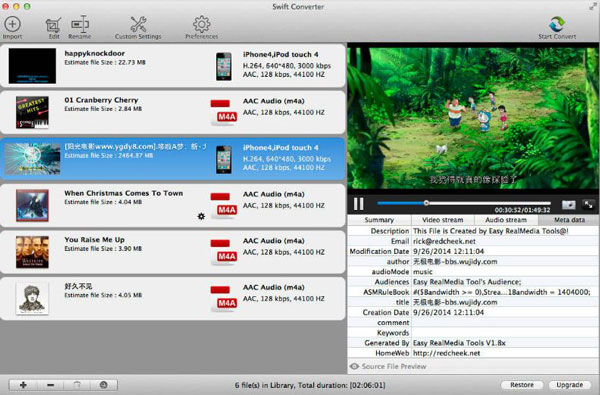

Let's take a look at how to convert a decimal to a string. Instead of performing on individual bits, byte-level operators perform on strings of eight bits. Bitwise operations are contrasted by byte-level operations which characterize the bitwise operators' logical counterparts, the AND, OR, NOT operators. I see there is a num2str function but i dont really understand how to implement this as a function that will perform the conversion on each element in the.

That often means we need to take care of thousands separators so 1000000 is formatted to the string "1,000,000", in the US English (en-US) locale, for example. In the C programming language, operations can be performed on a bit level using bitwise operators. We have a number as a double or float, and we want to present it to our users as a string with proper, locale-aware formatting.

In this case, it was pretty much a direct translation.This is a common concern when working with i18n. C# and Swift are both C-based languages, so they have similar functionality and similar operations. Static let northWest = Directions(rawValue: 1 Directionsĭirections.formUnion((north & west) & northWest ? Directions.northWest : )ĭirections.formUnion((north & east) & northEast ? Directions.northEast : )ĭirections.formUnion((south & west) & southWest ? Directions.southWest : )ĭirections.formUnion((south & east) & southEast ? Directions.southEast : )

Your C# code can be translated as follows: struct Directions: OptionSet In implicit type conversion, the C compiler automatically converts one type to another. This is because SWIFT codes help identify banks and financial i. In Swift, OptionSet is the nearest data structure to enum with bit-shifted values in other language: VB to Pseudocode converter Test your C code online with. The Swift language is gaining wide adoption at an accelerated rate. I need help translating this function correctly so that it returns 47 possible integers below 255. Var directions = east ? true : false || west ? true : false || north ? true : false || south ? true : falseĭirections != ((north & west) & northWest) ? northWestD : 0ĭirections != ((north & east) & northEast) ? northEastD : 0ĭirections != ((south & west) & southWest) ? southWestD : 0ĭirections != ((south & east) & southEast) ? southEastD : 0 But, it is in C# and I have no idea how to translate it into Swift. I found some code in the thread which appears to be exactly what I need for my project. I found this thread talking about this article.


 0 kommentar(er)
0 kommentar(er)
